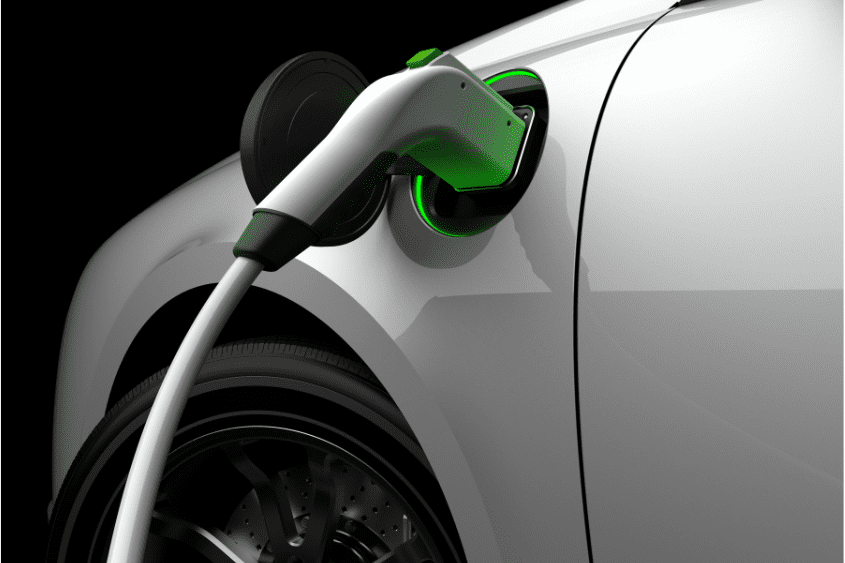
By-laws
Faster pet approvals in body corporate schemes
On 24 April 2024, the Queensland Government announced more changes to the legislation regarding pets. Taking effect from 1 May 2024 these will impact nearly all body corporate communities in Queensland. This article touches on those changes, how they compare to the previous legislation, and what it means for body corporate committees.





